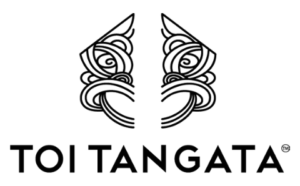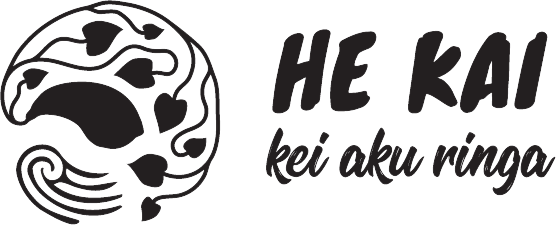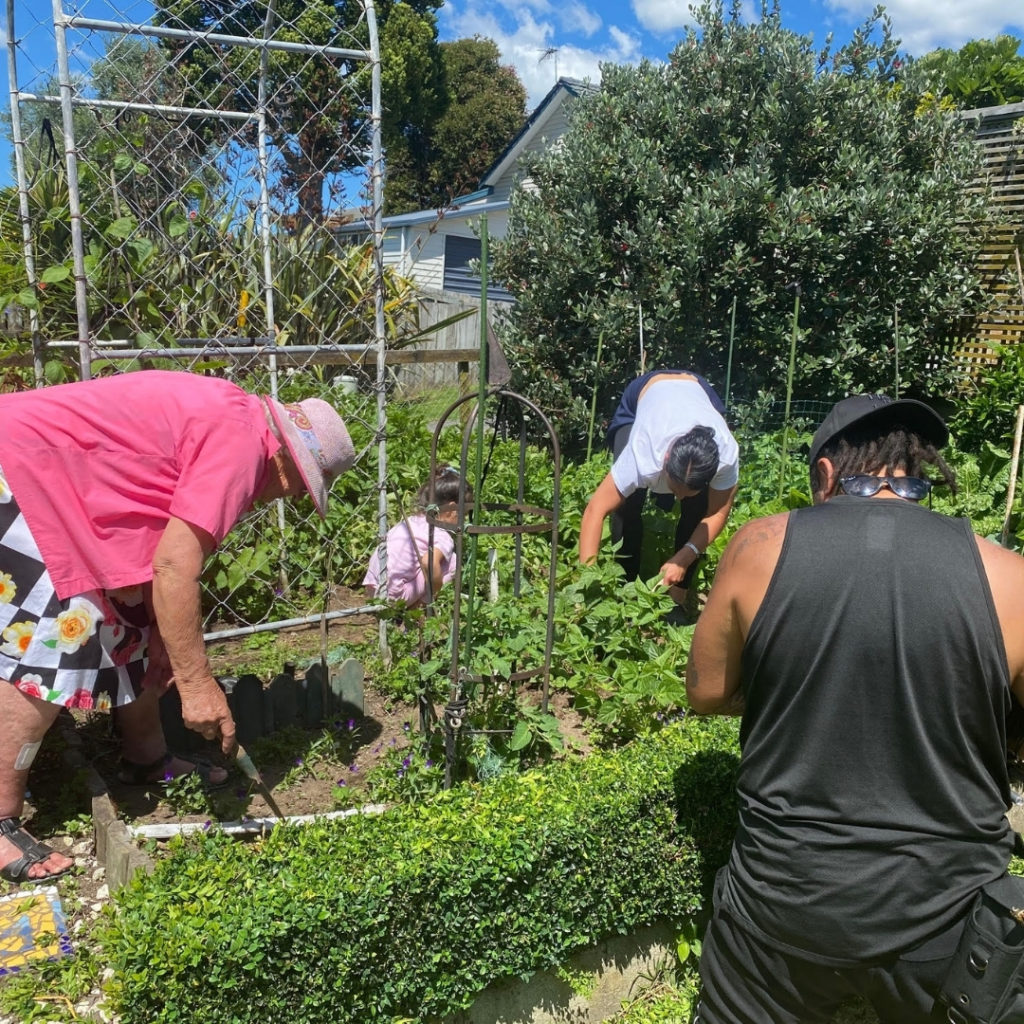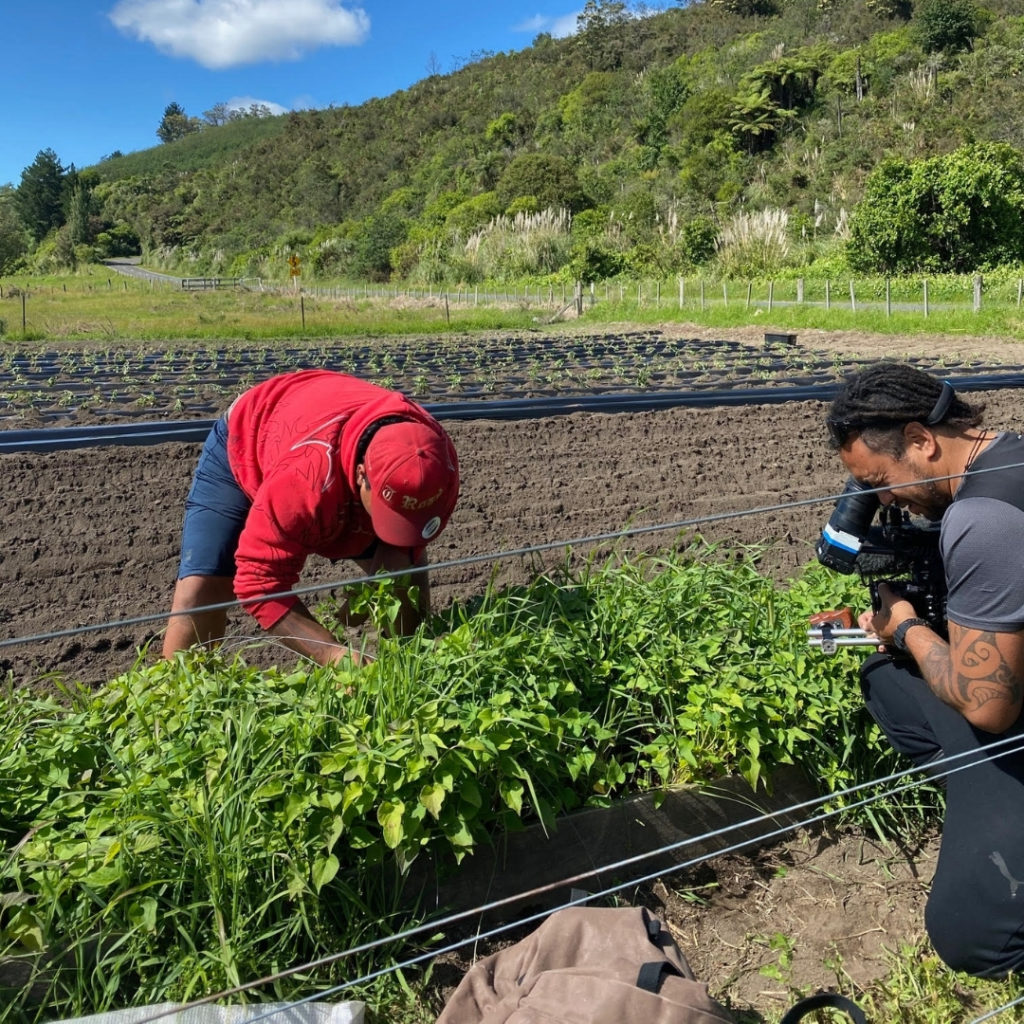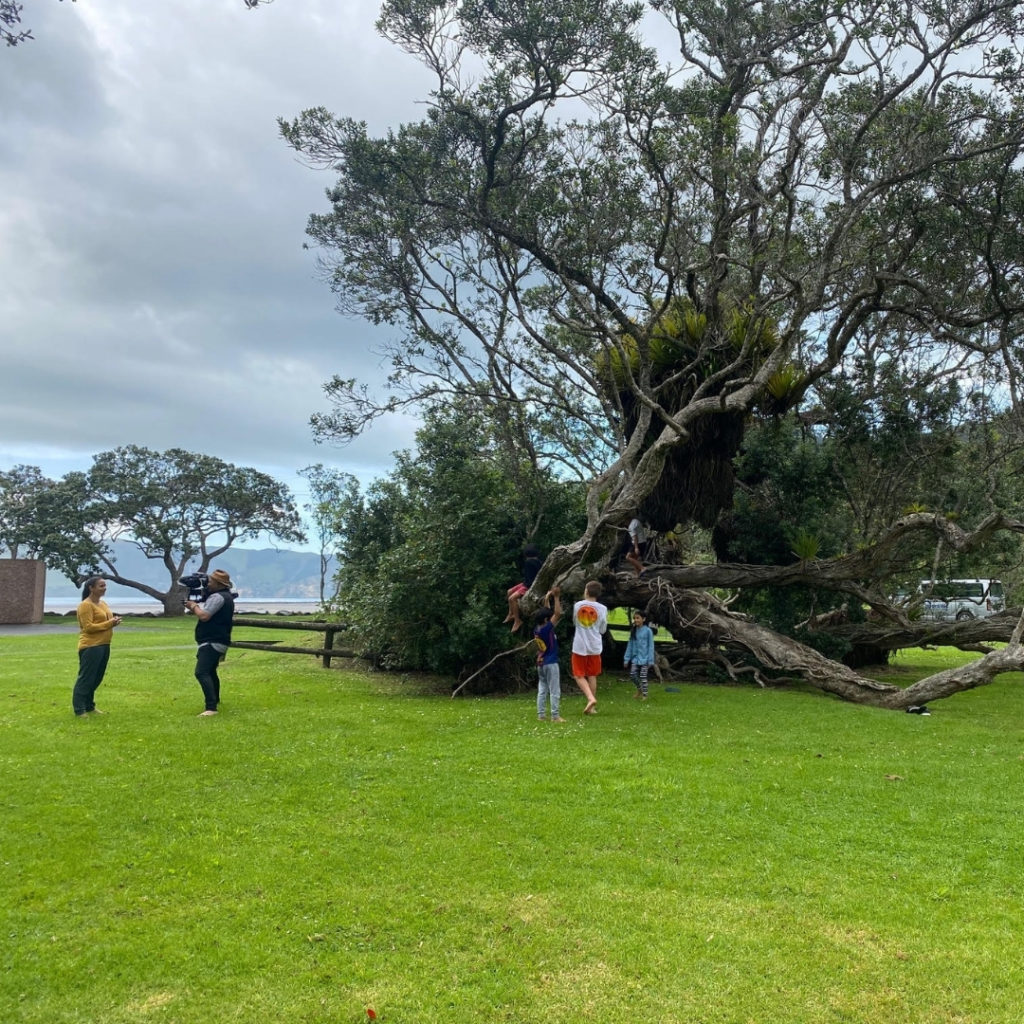
About | Nō Hea te Kaupapa
About
Nō Hea Mātou?
The whakataukī, ‘he kai kei aku ringa’ literally translates to mean, ‘there is food in my hands.’
However, we learned from our discussions with whānau that the whakataukī (proverb) reflects a much broader understanding of kai (food) and Māori kai systems than this.
Funded by the Health Promotion Agency Te Hiringa Hauora, He Kai Kei Aku Ringa began as a project to develop a resource to support parents in feeding their tamariki during their first thousand days of life. The first thousand days is an especially crucial time of child development.
Led by Māori healthy agency, Toi Tangata, the project was reframed under the concept, He Kai Kei Aku Ringa. As a result, this placed the kaupapa within a mātauranga Māori frame of reference.
It also shifted the kaupapa from isolating certain time periods (the first thousand days) and certain relationships (parent and child). Consequently, this allowed us to be more inclusive.
We wanted to speak to:
- Māori concepts of time - for instance, those which are imagined across thousand-year periods.
- Māori concepts of whānau - for example, those which extend beyond the nuclear family to ancestors that are both human and more-than-human, such as Atua and tuākana.
The Process
Te Tukanga
Grounding the kaupapa (project) in te ao Māori was a great opportunity to acknowledge a Māori approach from the start. So, we undertook a co-design process, engaging with around 24 whānau who shared their understandings of ‘he kai kei aku ringa,’ and what that looked like in their daily lives.
The stories they shared showed us that the ways whānau interpreted the whakataukī are very broad and involved interactions with a number of groups.
These interactions included:
- The self - including taha hinengaro (mind), taha wairua (spirit), taha tinana (body), taha ngākau (heart/soul) etc
- Our wider whānau - including our whānau, hapū, hāpori (community)
- Atua - including the taiao (environment) and Atua (Māori deities).
We wanted this resource to reflect the broad ways in which our whānau understand and engage with Māori food systems. So, we let whānau share their experiences of kai from the context of their own realities.
Allowing whānau to share their stories of food in the broader context of their lives, we get to see, in real-time, the pressures of daily life, the ways that whānau move through these pressures, and how kai is able to occupy space within their worlds.
Ta Mātou Tohu
Our Logo
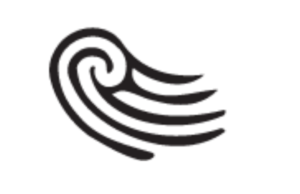
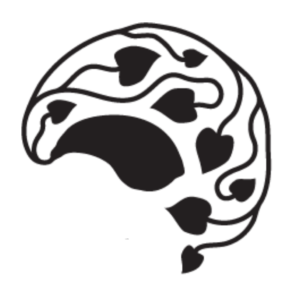
RINGARINGA
The hands represent the part we play in the cultivation, collection, preparation and serving of kai and the effort that is required from us to ensure our kai is good for our bodies.
KUMARA & KUMARA LEAVES
The use of the kumara and kumara plant within the logo device is to represent kai in all its forms, traditional and otherwise. As kumara was a main staple of our people and because it required cultivation – the use of it implies the effort, knowledge and physical commitment required on our part in providing kai for ourselves and our whanau.
Kaitautoko
Supported by

